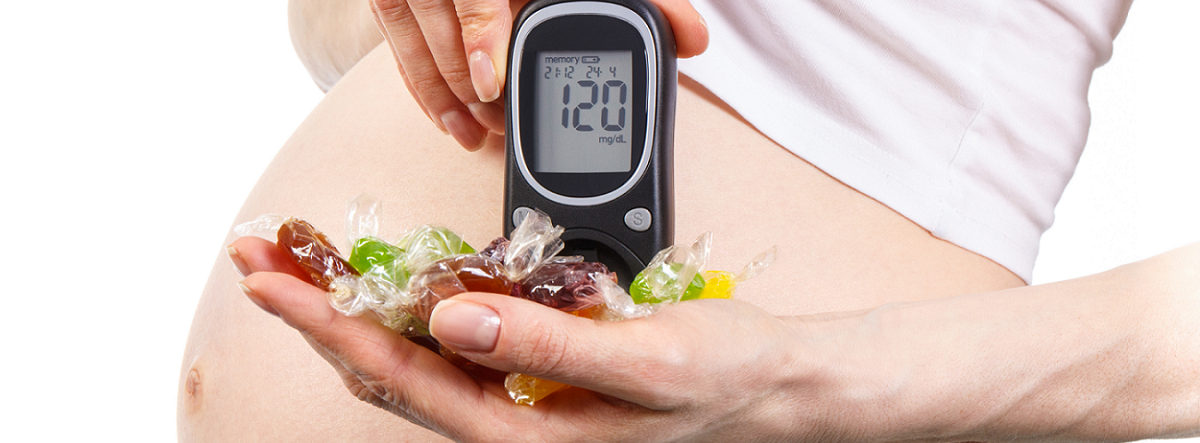
- Augusta University
- Centers & Institutes
- Georgia Prevention Institute
- vidaRPM |GPI
- Diabetes & Pregnancy
vidaRPM | Diabetes & Pregnancy
What is diabetes?
Diabetes is a condition in which the body is unable to convert sugars (glucose) in food to energy. The sugar (glucose) stays in your blood and causes high blood sugar levels which can cause complications. It develops when your body doesn’t make enough insulin, or doesn't respond to the insulin properly.
Diabetes affects people of all ages but during pregnancy, it can cause complications for both women and their developing babies. Some complications of high blood sugar during pregnancy include preterm labor, large birth weight babies, birth defects, high blood pressure for mom, perinatal depression, hypoglycemia in baby, heart disease, kidney failure and diabetes later in life for both mom and baby.
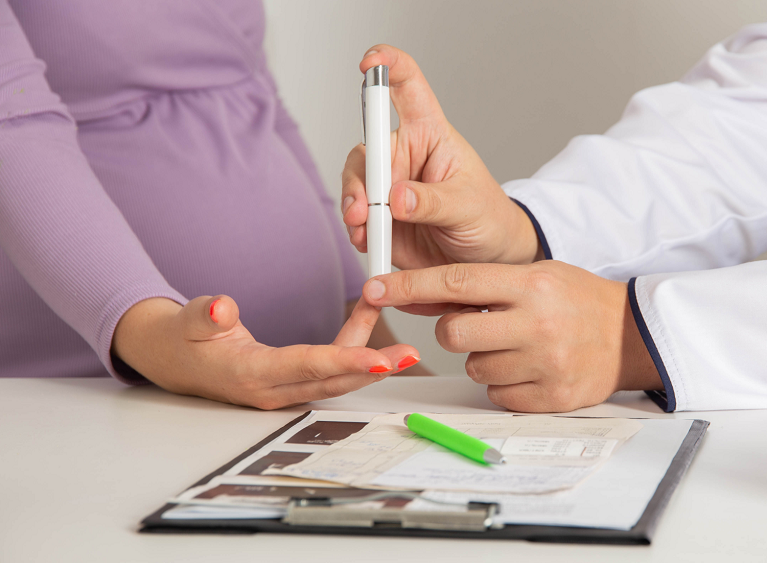
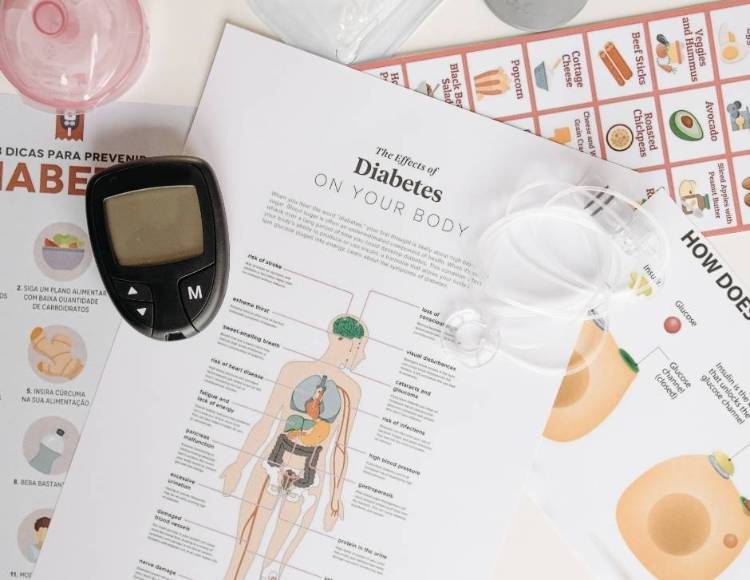

Types of diabetes
The three most common types of diabetes are:
-
Type 1 - The pancreas makes no insulin or so little insulin that the body can’t use blood sugar for energy. Type 1 diabetes must be controlled with daily insulin.
-
Type 2 - The body either makes too little insulin or can't use the insulin it makes to use blood sugar for energy. Some type 2 diabetes can be controlled through eating a proper diet and exercising regularly. Many people with type 2 diabetes have to take diabetes pills, insulin, or both.
-
Gestational - Approximately 10% of women will develop diabetes during pregnancy. This condition is referred to as Gestational Diabetes and typically occurs because hormone changes, weight gain and growth cause the body to use insulin less effectively resulting in insulin resistance and increased blood sugar. About 50% of women with Gestational Diabetes go on to develop type 2 diabetes, but there are steps you can take to prevent it. Talk to your doctor about how to lower your risk and how often to have your blood sugar checked to make sure you’re on track.
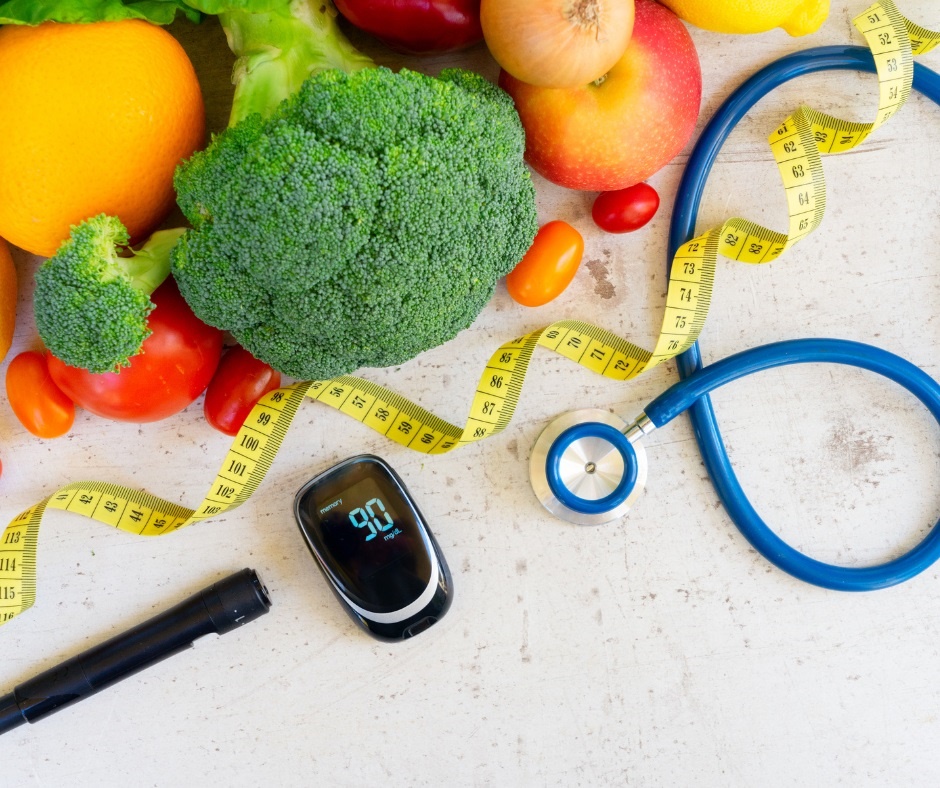
Symptoms & Risk Factors:
Frequent urination
Increase in thirst
Increase in appetite
Blurry vision
Tingling in hands or feet
Slow healing
Your doctor should test you for Gestational Diabetes between 24 and 28 weeks of pregnancy. This test is called a glucose tolerance test (GTT), if your doctor thinks you are at risk, you may get tested earlier.


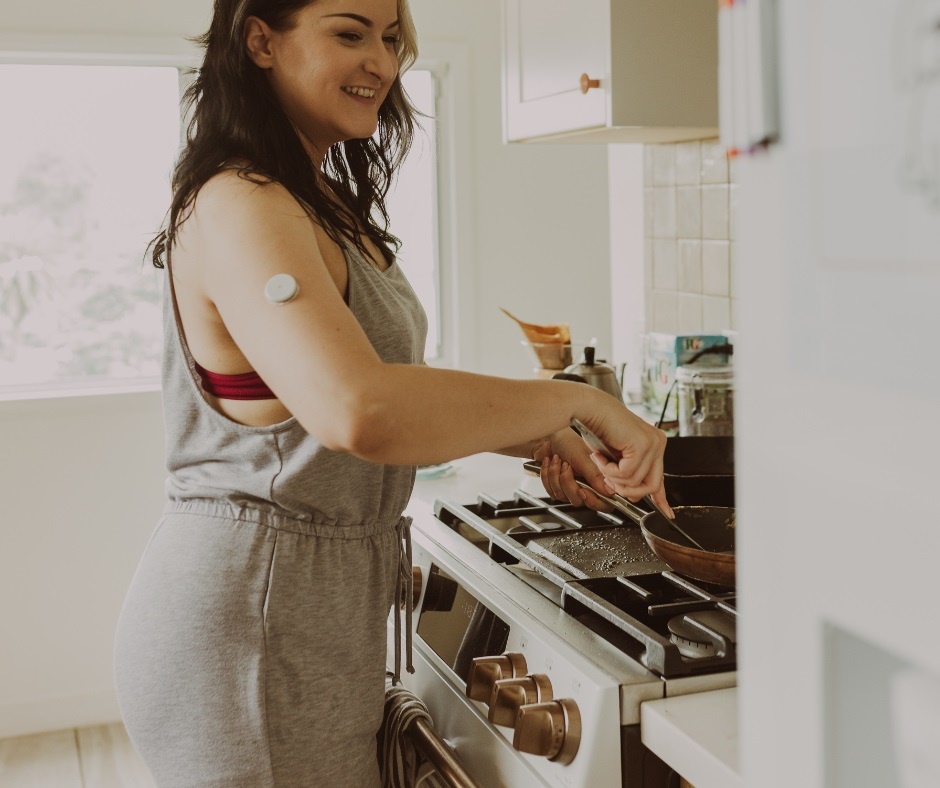
Treatment for Gestational Diabetes
Common treatment includes management through healthy eating and physical activity. If your blood sugar continues to stay too high, your doctor may prescribe medications, such as insulin.
It’s important to go to all your prenatal appointments, follow your doctor’s instructions, check your blood sugar-your provider tells you how often to check your blood sugar, what your levels should be and how to manage them during pregnancy; eat healthy, be physically active, check your weight gain, watch for signs of low blood sugar, and monitor your baby’s growth and development.
For most people, gestational diabetes goes away after giving birth. But having it makes you more likely to develop type 2 diabetes later in life. Type 2 diabetes is the most common kind of diabetes.
Here’s what you can do to help reduce your risk of developing type 2 diabetes after pregnancy:
- Get tested for diabetes 4 to 12 weeks after your baby is born. If the test is normal, get tested again every 1 to 3 years
- Get to and stay at a healthy weight
- Talk to your provider about medicine that may help prevent type 2 diabetes
Resources for you

If you would like to find out how you can monitor your health, contact us today!